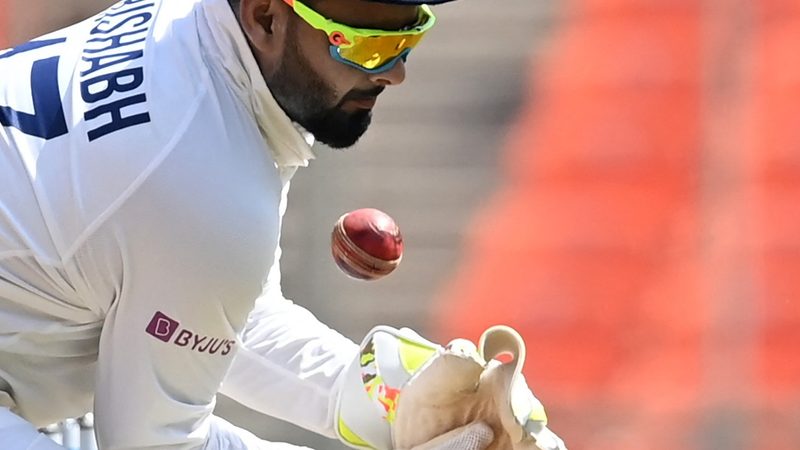
Whenever the Indian cricket team travels overseas for a Test series, the Dukes ball and Kookaburra ball generate a lot of attention.
The two cricket balls are different from each other in stitching and coating and also vary from the SG balls used for red-ball matches in India.
The Dukes cricket ball is the preferred Test-match ball for many Indian players as well, including Virat Kohli, R Ashwin, Jasprit Bumrah and Umesh Yadav, all of whom have spoken in its favour in the past.
Meanwhile, the Kookaburra ball is favoured by the pacers of Australia and South Africa
So, Dukes vs Kookaburra: What sets them apart?
Where are the Dukes and Kookaburra cricket balls used?
The Dukes ball is used in England, West Indies and Ireland among the Test-playing nations. In India, the SG ball is used while the rest of the Test nations use the Australia-made Kookaburra cricket ball.
Where is the Dukes ball manufactured?
The Dukes ball is made in London by British Cricket Balls Ltd, a sports equipment company currently owned by Indian-origin businessman Dilip Jajodia. The ball was first manufactured by the Duke family around 1760.
Where is the Kookaburra ball manufactured?
The Kookaburra cricket ball is made in Melbourne, Australia by the Thompson family-owned business, Kookaburra Sport. The company has a manufacturing facility in Meerut, Uttar Pradesh as well, which makes equipment for the Indian market.
What is the key difference between the Dukes and the Kookaburra cricket ball?
All six rows of thread on a Dukes ball are stitched by hand, while only the central two rows of thread on a Kookaburra ball are hand-stitched to hold the two halves of leather together. The rest of the rows on a Kookaburra ball are machine-stitched vertically.
The Kookaburra is also flatter than the Dukes, which arguably fits better into a bowler’s fingers.
Why does the Dukes ball’s seam and shape last longer than the Kookaburra’s?
Because there are more rows of thread criss-crossing underneath the two halves of leather, not only does the Dukes ball move more off the seam, its shape and seam also lasts longer than a Kookaburra’s. The hand-stitched, pronounced six rows of thread create more tension and provide more support, allowing the ball to do more off the seam.
This is also the case with the SG, which is also hand-stitched and has the most pronounced seam among the three balls.
Why does the Dukes cricket ball swing more than the Kookaburra?
Grease is applied to the leather during tanning in the manufacturing process of the Dukes ball. There is plenty of rain during the English cricket season, so the ball has to be protected from water, hence the grease. The same is not required in the other balls because it does not rain as much in countries such as India and Australia during the cricket season.
That makes the Dukes cricket ball darker and softer, but as English ground conditions are usually not abrasive, it does not affect the quality of the ball.
The theory goes that the darker the ball, the more grease it has absorbed. This means bowlers can shine the ball better, and make it swing more and for a longer period of time.
Further, English conditions are generally more helpful for swing than Australian or Indian conditions.
Moreover, the longer-lasting seam on the Dukes and the SG also make them more amenable to reverse swing than the Kookaburra.
Featured photo: AFP / Sajjad Hussain























